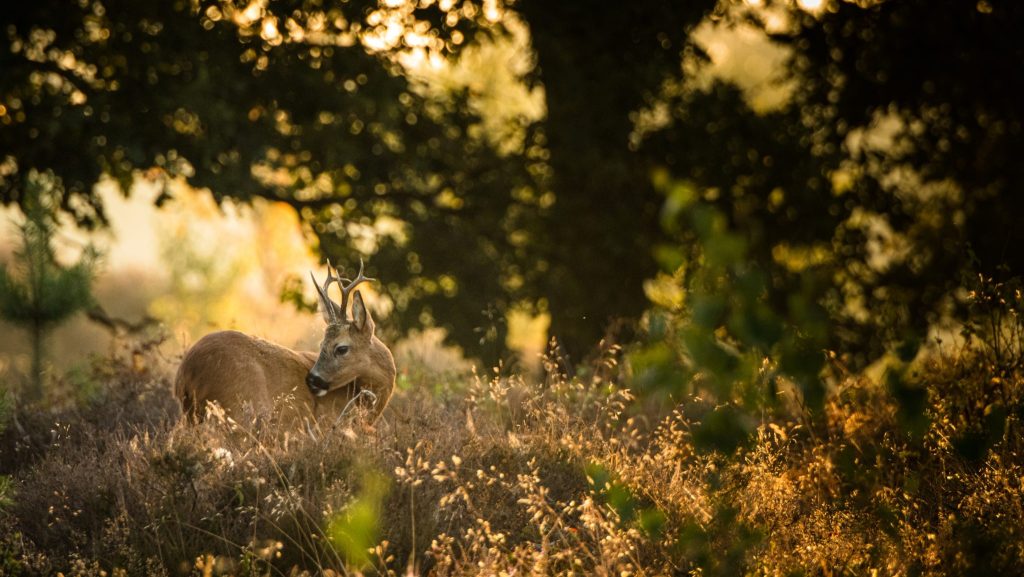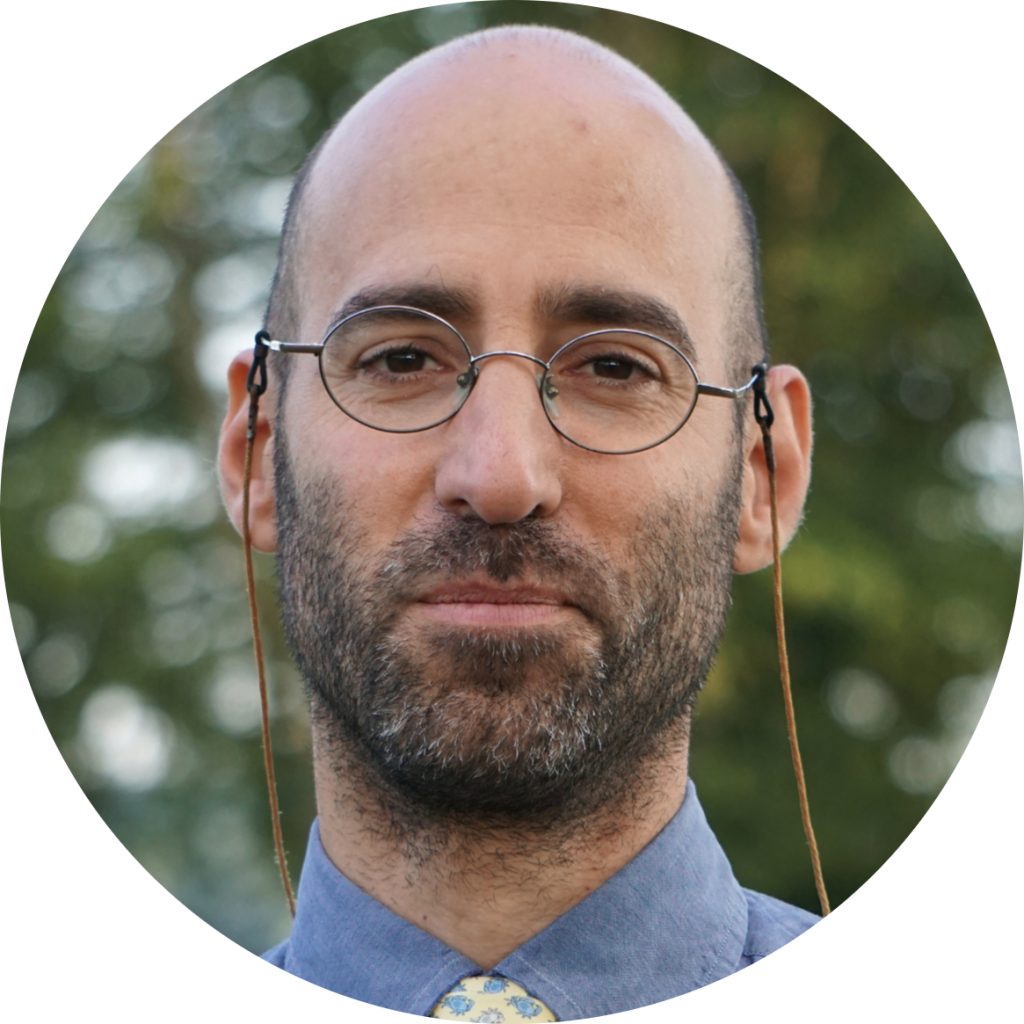Opinion: Nature Restoration is now the Law of the land, what next?

Some may remember it as Santa’s alleged worst nightmare, others may liken it to Neo dodging hundreds of bullets in The Matrix. After countless attempts to bury it, the Nature Restoration Law is here to stay. Today, it was published in the Official Journal of the European Union, officially making it a law, and it will come into force 20 days from now, on the 18th of August.
It is hard to overstate the promise that is embedded in this law. Reversing the decline of nature is not just a moral imperative but also our best strategy to save ourselves from the ravages of climate change. Peatlands, natural forests and grasslands lock up carbon, act as sponges that slow down floods, and provide water during droughts. Greener cities save lives during heat waves. Healthier ecosystems, including farmland and commercial forests, can better resist invasive species.
If the Green Deal is the EU’s “man on the moon moment”, then the Nature Restoration Law and the EU Climate Law are the two legs of the astronaut.
And while we celebrate securing this law, it’s worth reflecting on how we got here, and to focus on the path ahead.
How we got here
Vision
Five years ago, there was a cacophony of ideas around what to do about biodiversity: competing agendas, confusing buzzwords, and many whowould have settled for just better monitoring of the biodiversity decline. Not an easy scenario to start with. I’m very proud of the role BirdLife played in setting out a bold vision and a coherent narrative around the idea of nature restoration. We now have not just a credible story, but a legal framework, combining it all: active and passive restoration, rewilding and sustainable farming, terrestrial and marine conservation, species and ecosystem approaches, nature in its own right and nature for people.
Collaboration
The Nature Restoration Law would never have been adopted without an unprecedented level of cooperation. First of all, among environmental NGOs. The #RestoreNature campaign has been a collective effortwhere we, together with WWF, the European Environmental Bureau and ClientEarth took centre stage. This endeavour was matched and amplified by the mobilisation of hundreds of NGOs from across Europe, that rallied to support this unique piece of legislation. But we also got amazing support from other global and European networks. Scientists have mobilized by the thousands, individually and through their scientific societies and institutions. Progressive business sectors like renewables, water, and aggregates, individual companies and business leaders such as the Corporates Leaders Group all piled in. The hunters federation FACE courageously stood up for nature. Mayors advocated for Europe’s cities. And the list goes on. It’s clear that nature is everyone’s business.
Persistance
The enemies of nature tried to kill this law at every step of the way. From inside the European Commission all the way to and through the co-decision process with the European Parliament and Council. They used every trick in the book and didn’t give up, even after the final agreement was reached. But our camp was just as obstinate. Through protests, petitions, and email actions, Europeans fought hard for a liveable future, and with them they had politicians and civil servants who demonstrated true courage and moral rectitude, of the kind that cannot be taken for granted.
Where do we go next
The ball is now in the court of EU Member States, who must develop detailed restoration plans to implement the law. Birdlife is ready to help, and we will stress the following points.
Quantified and geographically explicit targets:
Implementation plans must specify what will be done and where, with enough precision to allow local actors to take action. These plans should be structured as investment plans to attract the huge amounts of private capital seeking biodiversity investments that currently don’t know where to find them.
Clear funding mechanisms:
Much of the restoration work needs to happen on private land and all of it must positively involve local communities. This requires public funding. We know that investing in nature brings excellent returns, even in narrow economic terms. Restoration can become a real driver for the regeneration of rural areas and rustbelts.
Science base and accountability:
We need well-designed projects, efficient execution, and adaptive management that allows us to accommodate the unexpected. Restoration is not deterministic: it’s about trying, failing and correcting. This requires good scientific design, good monitoring and good metrics, and a commitment to stay the course.
With the Nature Restoration Law in place, we are on a promising path. Let’s ensure it leads to a future where both nature and people thrive.

Opinion piece by Ariel Brunner, Regional Director of Birdlife Europe and Central Asia
Cover: Roe deer in Nationaal Park Veluwezoom; picture by Stijn Smits.
You might also interested in:
 | Stichting BirdLife Europe gratefully acknowledges financial support from the European Commission. All content and opinions expressed on these pages are solely those of Stichting BirdLife Europe. The European Commission is not responsible for any use that may be made of the information it contains. |









